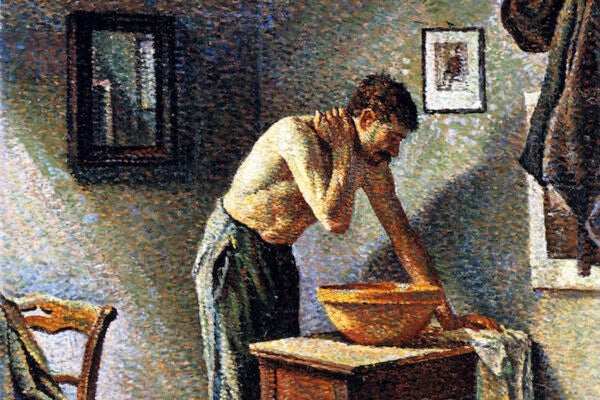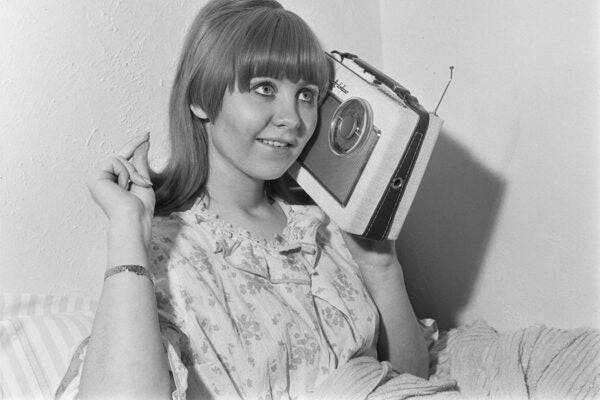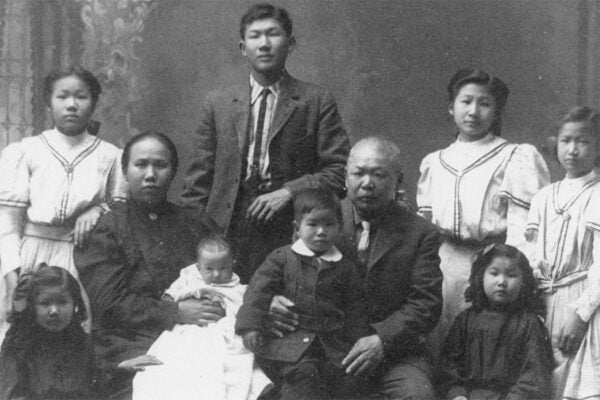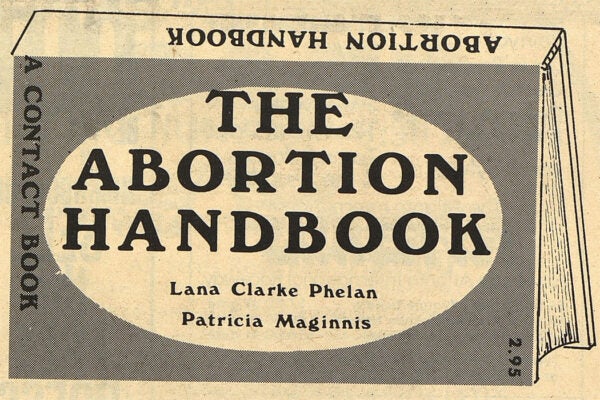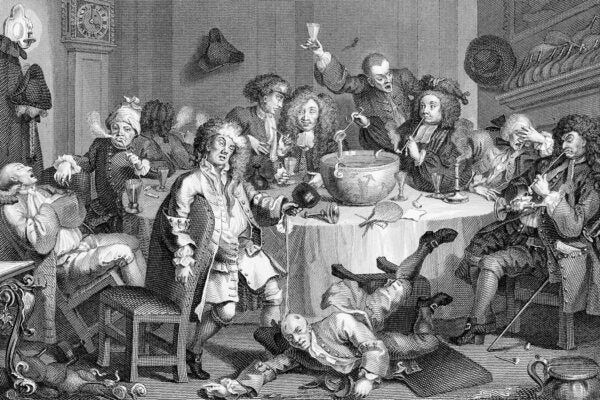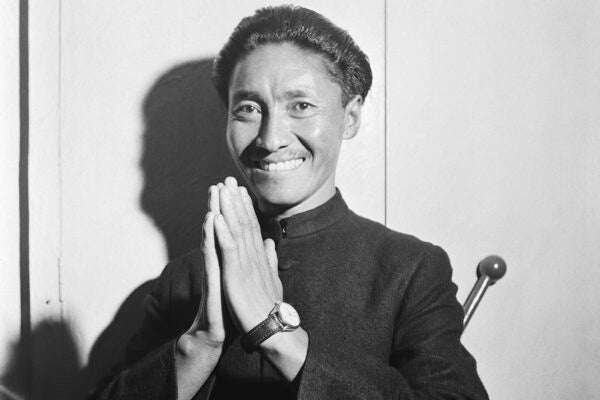The Rise of the Domestic Husband
In the late 1800s, advice writers targeting white, middle-class Americans began encouraging men to become more engaged in the emotional lives of their households.
Bringing Personal Hygiene to France
France’s notorious disregard for washing gradually changed as military authorities and public schools promoted a modern regime of cleanliness.
Ismat Chughtai’s Quilt and Queer Desire
Long before India decriminalized homosexuality—in September 2018—the short story "Lihaaf" sparked outrage and a lawsuit for its depiction of same-sex, intergenerational intimacy.
Music Only for a Woman: The Birth of Easy Listening
A 1970s radio format geared towards the "feminine psyche" featured musical rearrangements with softer and gentler styles of the day's hits.
From Bond Maid to Pioneering Chinese Businesswoman
Raised as a servant girl, Lai Ngan grew up to become a cigar maker, own a boarding house, and run grocery stores in the American Southwest.
When Being an Unemployed Teenager was a Crime
Seventeenth-century teenagers faced criminalization for refusing to take on jobs as live-in farm workers, but many pursued their interests despite the threat.
When San Francisco Feminists Rated Mexican Abortions
The California activists played the role of a health agency to ensure women received safe and competent health care in Mexican clinics.
Did Caterina Sforza Flash an Army?
According to legend, Sforza lifted her skirts to show her adversaries that she had the body parts to make more children. But why?
The Shameless City
The discourse around police raids of so-called molly houses reflected the fear that London was a new Sodom where anonymity allowed people to be shameless.
Tenzing Norgay: The Mountaineer Who Refused to be Categorized
By remaining vague about his own biography, Norgay called into question the idea of nationhood and made a deafening point about actions speaking louder than words.

